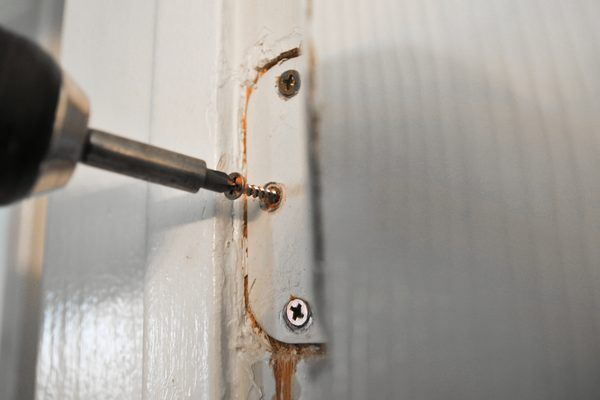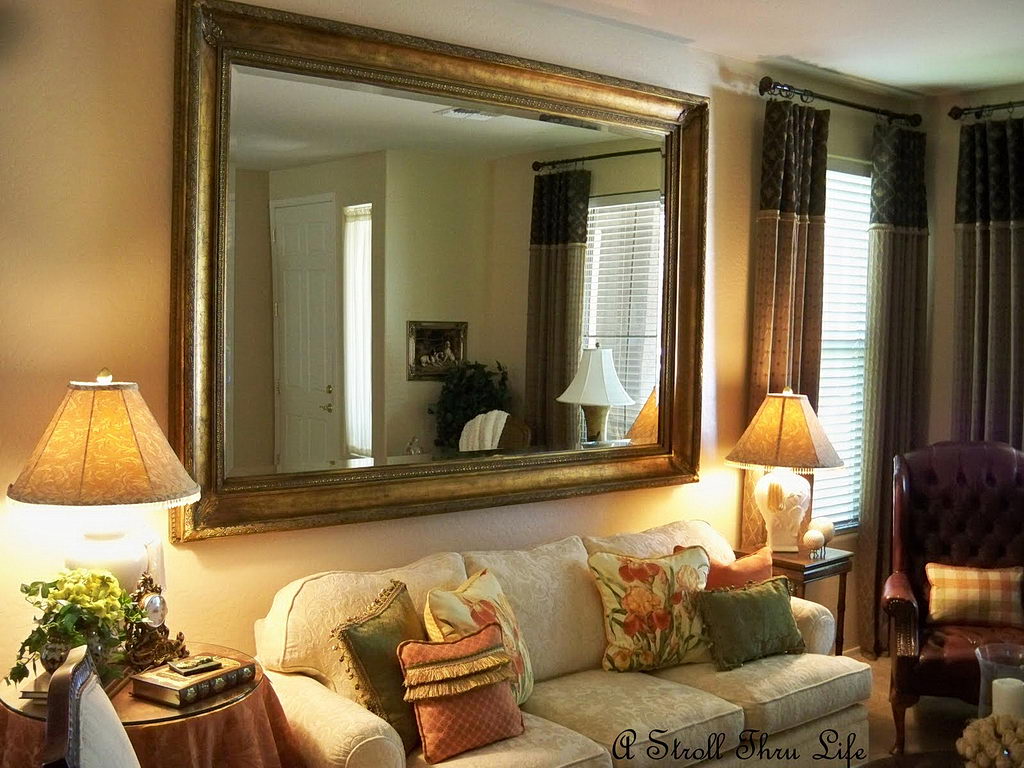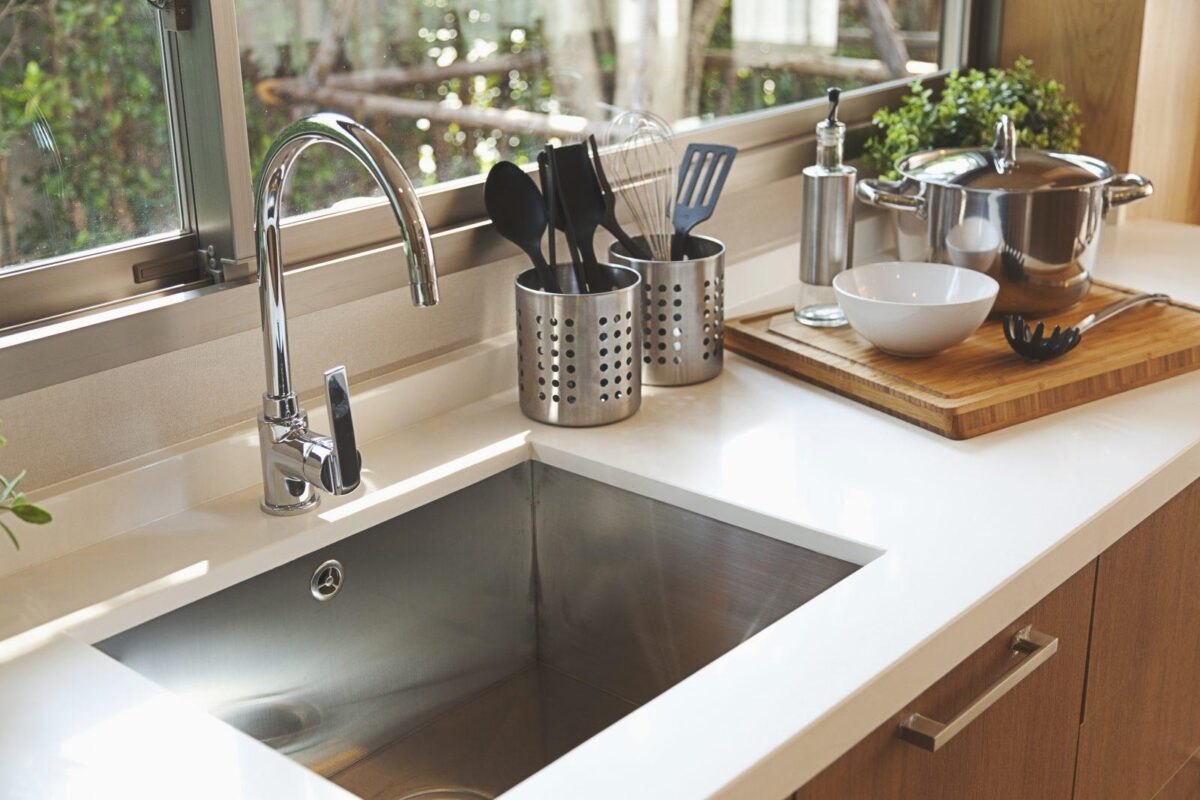Interior doors come in a variety of different styles and sizes, but it is important to understand what type of swing the door should use. Door handing is a term which is used to describe which way a door should swing when it is opened or closed. This article will discuss the different interior door swing directions, as well as provide a door handing and swing directions chart. Generally, doors are classified into two main groups based on how they open – hinged and sliding. Hinged doors are further classified based on the side on which they are hung. The three main types of hinged doors are right-hand, left-hand, and reverse-handed. The easiest way to determine the handing of an interior door is to stand in the doorway with your back facing the door. If the doorknob is on the right side of the door, then it is a right-hand door (RH). If the doorknob is on the left side of the door, then it is a left-hand door (LH). How to Determine Handing of Interior Doors
The swing direction of a door is determined by the type of door, as well as the point of view of the person entering or exiting the doorway. For example, a right-hand door viewed from outside of the doorway will swing to the left, while a left-hand door viewed from outside of the doorway will swing to the right. It is important to note that the above information applies only to hinged doors. Sliding doors do not require a specific swing direction because they open by being moved horizontally rather than swinging on hinges. What Is the Swing Direction of a Door?
The interior door swing direction can be determined by standing inside of the doorway with your back facing it. If the doorknob is on the right, then the door will open towards you and swing to the left. Conversely, if the doorknob is on the left, then the door will open towards you and swing to the right. It is important to note that the door swing direction should be determined based on the specific interior layout of the room or house. For example, a room that has an alcove or corner in it might require that the door swing in the opposite direction. Interior Door Swing Direction
When choosing the door swing direction for your house it is important to be aware of the most commonly used door swing chart. This chart outlines which direction various types of interior doors should swing. The most common types are right-hand (R), left-hand (L), and reverse-hand (RH). A right-hand door will open towards you and swing to the left, while a left-hand door will open towards you and swing to the right. A reverse-hand door will open away from you and swing to the left. It is important to keep in mind that the charts are simply guidelines and should be used as reference only. It is always best to consult a professional before making a decision about the door swing direction. Interior Door Swing Chart
The swing direction of an interior door can be determined by the doorknob location and the layout of the room. For a right-hand door, the doorknob will be on the right side of the door and when opened, the door will swing to the left. For a left-hand door, the doorknob will be on the left side of the door and when opened, the door will swing to the right. It is important to note that the swing direction should also be determined based on the interior layout of the house. For example, a room that has an alcove or corner in it might require that the door swing in the opposite direction. If you are not sure what direction the door should swing, it is always best to consult a professional.House Designs: What Is the Swing Direction of an Interior Door?
When choosing a door handing and swing direction for your home it is important to be aware of the most commonly used door handing and swing directions chart. This chart outlines which direction various types of interior doors should swing. The most common types are right-hand (R), left-hand (L), and reverse-hand (RH). A right-hand door will open towards you and swing to the left, while a left-hand door will open towards you and swing to the right. A reverse-hand door will open away from you and swing to the left. It is important to keep in mind that charts are simply guidelines and should be used as reference only.Door Handing and Swing Directions Chart
Gaining an understanding of interior door swing direction is key when determining the best way for an interior door to open. A right-hand door opens towards you with the door knob on the right side, and will swing to the left. A left-hand door opens towards you with the door knob on the left side, and will swing to the right. A reverse-hand door opens away from you with the door knob on the left side, and will swing to the left. The placement of your interior doors in relation to the layout of the room or house is also an important factor to consider when determining the swing direction of the door. If you are unsure, then it is always best to consult a professional.Gaining an Understanding of Interior Door Swing Direction
The interior door swing chart is a great tool to understand the different door handing and swing directions available for interior doors. This chart outlines which direction various types of interior doors should swing. The most common types are right-hand (R), left-hand (L), and reverse-hand (RH). A right-hand door will open towards you and swing to the left, while a left-hand door will open towards you and swing to the right. A reverse-hand door will open away from you and swing to the left. It is important to note that the charts are only guidelines and should be used as reference only.Interior Door Swing Chart – All You Need to Know
When choosing an interior door swing direction it is important to remember that the doorknob should always be on the side of the room that opens towards you. For example, if the doorknob is on the right side of the door, then it should open to the left. If the doorknob is on the left side of the door, then it should open to the right. It is also important to consider the interior layout of the room or house. The Swing direction should be determined based on the specific layout of the area. For example, a room that has an alcove or corner in it might require that the door swing in the opposite direction. If you are not sure what direction the door should swing, it is always best to consult a professional.Interior Door Swing Direction – How To Determine Which Way It Should Go
Door swing and handing is an important aspect to consider when determining the correct style and swing direction for interior doors. This can be simplified by understanding the four main types of door handing: right-hand (R), left-hand (L), reverse-hand (RH), and non-handed (NH). A right-hand door will open towards you with the doorknob on the right side of the door, and will swing to the left. A left-hand door will open towards you with the doorknob on the left side of the door, and will swing to the right. A reverse-hand door will open away from you with the doorknob on the left side of the door, and will swing to the left. A non-handed door is one that can be used either as a right- or left-hand door and does not require a specific swinging direction.Door Swing and Handing Explained (Chart)
Interior doors come in a variety of different styles and sizes, but the swing direction of the door must be identified in order for it to function properly. Door handing is a term used to describe the specific swing direction of a door. The easiest way to determine the handing of an interior door is to stand in the doorway with your back facing the door. If the doorknob is on the right side of the door, then it is a right-hand door (RH). If the doorknob is on the left side of the door, then it is a left-hand door (LH). The swing direction should also be determined based on the interior layout of the room or house, taking into consideration any alcoves or corners. If you are unsure which direction the door should swing, it is always best to consult a professional. How to Identify the Handing of an Interior Door
Interior Door Swing Chart
 Every interior door has a specific swing type associated with it. Understanding this distinction is essential when planning out the design of your house. Interior doors are classified as either
Right Hand Inswing
or
Left Hand Inswing
.
Every interior door has a specific swing type associated with it. Understanding this distinction is essential when planning out the design of your house. Interior doors are classified as either
Right Hand Inswing
or
Left Hand Inswing
.
Right Hand Inswing Interior Door
 A
Right Hand Inswing
interior door opens into the room on the right side. To identify if a door is a right hand inswing door, stand in the room with your back to the door. If the door opens towards you on your right side, then it is a
Right Hand Inswing
interior door.
A
Right Hand Inswing
interior door opens into the room on the right side. To identify if a door is a right hand inswing door, stand in the room with your back to the door. If the door opens towards you on your right side, then it is a
Right Hand Inswing
interior door.
Left Hand Inswing Interior Door
 Alternatively, a
Left Hand Inswing
door opens into the room on the left side. To identify if a door is a left hand inswing door, stand in the room with your back to the door. If the door opens towards you on your left side, then it is a
Left Hand Inswing
door.
Alternatively, a
Left Hand Inswing
door opens into the room on the left side. To identify if a door is a left hand inswing door, stand in the room with your back to the door. If the door opens towards you on your left side, then it is a
Left Hand Inswing
door.
Choosing the Right Direction for Your Interior Door Swing
 When deciding the direction of the door swing, consider how the door will interact with the other elements in the room. Furniture placement, extra space and convenience all must be taken into account before making your decision. Additionally, the position of the hinges and locks must also be taken into consideration. Knowing the direction of the door Swing is a crucial part of planning out the perfect design for your home.
When deciding the direction of the door swing, consider how the door will interact with the other elements in the room. Furniture placement, extra space and convenience all must be taken into account before making your decision. Additionally, the position of the hinges and locks must also be taken into consideration. Knowing the direction of the door Swing is a crucial part of planning out the perfect design for your home.











































